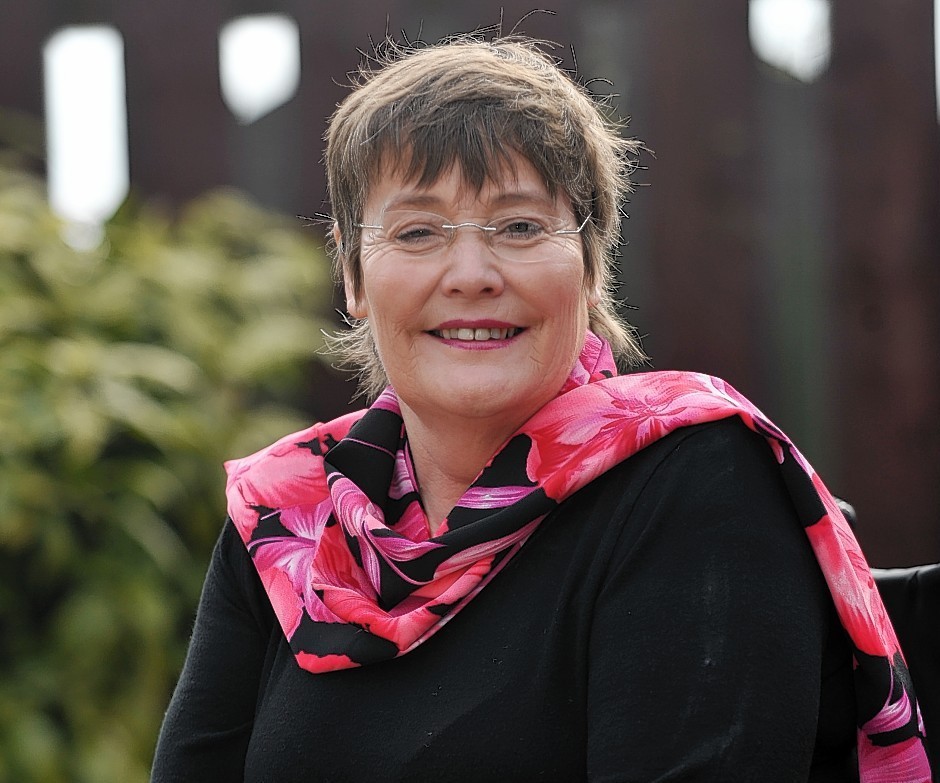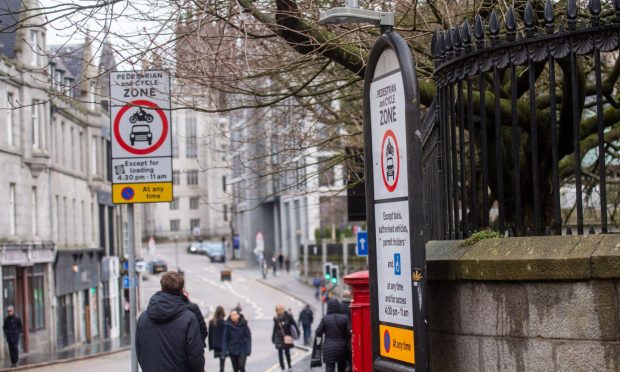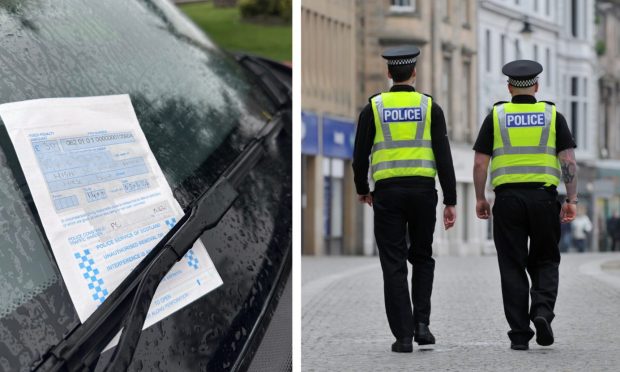Despite supposedly being retired, some weeks I find myself spending more time travelling than I did when I travelled up and down to London as an MP.
However, my travelling these days is around Scotland and by public transport.
I have found out about the joys of bus travel around Aberdeen.
Hooray for the bus pass – introduced by Labour, by the way, And the joys of ScotRail and Virgin as I travel regularly by train to Glasgow, Edinburgh, Dundee and Elgin.
Travelling in an electric wheelchair, or should I say motorised wheelchair as the words electric and chair together conjure up a rather different scenario, can present a few challenges.
That is why I was delighted by the Supreme Court’s decision on who has priority when it comes to the wheelchair space on buses.
There had been confusion about whether the space is for a wheelchair user or for a parent with a buggy.
Now we know that a person in a wheelchair takes priority, even if the person with the buggy was on the bus first.
However, the court stopped short of saying what should happen if the person with the buggy refuses to move.
Bus companies need to issue guidance to their drivers so they know what they should do in such situations.
Do they refuse to move the bus, much to the ire of other passengers who may be in a hurry? Do they call the police?
Hopefully the issue won’t arise, and if it does, the people power of the other passengers who might also “encourage” the person with the buggy to move may be enough.
Having one space for a wheelchair is great, but what if a couple of friends who both use wheelchairs want to travel together?
I know a number of married couples who are both wheelchair users but can’t travel on the same bus.
One couple had to travel in separate carriages on Eurostar on their way back from their honeymoon. Imagine if that was you.
The fact that only one wheelchair user is allowed on a bus came as news to BBC Radio’s Good Morning Ulster last week.
They thought that it was just in Northern Ireland this kind of discrimination existed so phoned me for a comment. That is how I found myself on air, explaining that the rule applied on the mainland too.
I always feel guilty if I happen to be on the bus when another wheelchair user is turned away.
But then I feel annoyed if I am the one left waiting. I would feel angry but I find anger is such an exhausting emotion. It’s not the drivers’ fault, the solution rests with the bus operators.
When I began using a wheelchair permanently in 1984, I rarely saw other people in wheelchairs as I went about my daily work and social life.
No public transport could take someone in a wheelchair unless you count travelling in the guards’ van of a train.
Few restaurants or hotels, few places of public entertainment were fully wheelchair accessible.
I am old enough to have been refused entry to a cinema because they said I was a fire hazard. I was constantly having to be carried up stairs.
I often felt I was just a sack of tatties being humphed around.
But now we are everywhere. Nowadays I am rarely the only disabled person at the party.
Why? Because most places are more accessible than they were, although you would probably be surprised at how many still aren’t.
Try going out to a restaurant for a meal knowing that you won’t be able to go to the toilet.
Make something fully disabled friendly, then you make it “people friendly”.
It’s not just disabled people who benefit, but everyone else too.
However, the downside to this is that there is now competition for the same limited spaces, competition from other wheelchair users who want the freedom to travel like everyone else, competition from parents with buggies whose life has been made much easier as a by-product of the improvements in accessibility for disabled people.
The time has come to say: “We need more than one space.”
The power of a handwritten note
I was really saddened to hear of the death of my ex-MP colleague and great parliamentarian Tam Dalyell.
We were on different sides in the debate on Scottish devolution, so I used to often find myself sharing a radio studio with Tam.
Despite our disagreement, he was always courteous and generous, never resorting to attacking the person to make a point. He was able to disagree without being disagreeable.
I also learned about the power of a handwritten note from Tam.
The first letter I received congratulating me on my maiden speech in 1997 during the Scottish referendum debate was a handwritten one from him. It was waiting for me on the letter board as I came out of the Commons chamber.
In these days of computers, e-mails and digital signatures it is not always clear if a letter or e-mail has been written by the person whose name is at the bottom.
However, a handwritten note can only be written by the sender who has taken the time and is all the more special for that.
I still try to emulate Tam in sending handwritten notes when I want to make my correspondence more personal.
We hope they will listen
There’s lots happening in Aberdeen at the moment.
Considering how badly the city has been hit by the economic downturn, there is still a lot of building work happening in the public realm.
As chairwoman of the newly-formed Disability Equity Partnership (DEP), set up by Aberdeen City Council to advise the local authority and other bodies in Aberdeen on disability issues, I know how busy our Accessibility Working Group has been over the past three months.
The group has been involved in the discussions around the imaginative plans for Union Terrace Gardens, improving the space outside the Art Gallery, as well as checking the winter festival was accessible.
Both the re-developed Art Gallery and Music Hall should be much more welcoming for disabled patrons.
However, the council had already decided that Broad Street would not be fully pedestrianised, but instead be a “shared space”, with buses and cycles allowed.
For those who are sensory impaired this can be a nightmare if the planners don’t get it right.
We hope they will listen.










